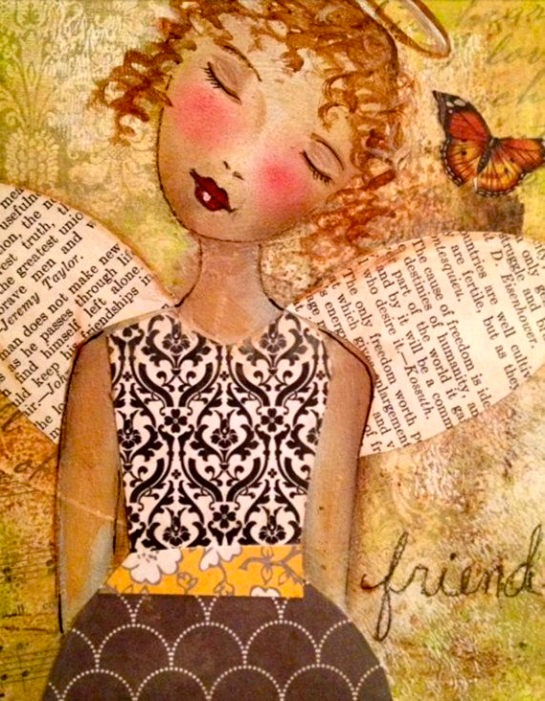Someone to tell it to
is one of the fundamental
needs of human beings.
~Miles Franklin
Have you ever pondered why we, any of us, blog? Or write books? Or pen poetry? Or compose music? Or draw? Or paint? I have and I think the quote above by Miles Franklin hits the proverbial nail squarely on the head. We, who pour out our lives or thoughts or passions or joys or hurts or whatever in some way, do in fact appear to have some compelling and fundamental need to do so. Emily Dickinson added another aspect to this idea when she described it, “as a shelter to speak” to some trusted other in her life. Like her, many of us, I believe, find not only great comfort but also a kind of self-soothing safety when we, individually or collectively, find ways to express ourselves to those we come to trust and admire. This is best described by the Swedish proverb that says a “shared joy is a double joy; a shared sorrow is half a sorrow.” In addition, I find something very cathartic and cleansing about “spilling my guts” to an “art or soul” mate given me by the Lord; they are the ones who give me the wings and courage to be all that He created me to be.
Oh, the comfort, the inexpressible comfort
of feeling safe with a person,
having neither to weigh thoughts nor measure words,
but pouring them all out, just as they are,
chaff and grain together
certain that a faithful hand will take and sift them,
keep what is worth keeping, and
with a breath of kindness blow the rest away.
~George Eliot (Mary Ann Evans)
A friend loveth at all times, and a brother is born for adversity. ~Proverbs 17:17 ✝
**Image found on Pinterest


